The purpose is to meet the requirements for continuous operation after construction is completed. If only one runway is built, it will not be able to meet the requirements for continuous operation if an aviation incident occurs on that runway.
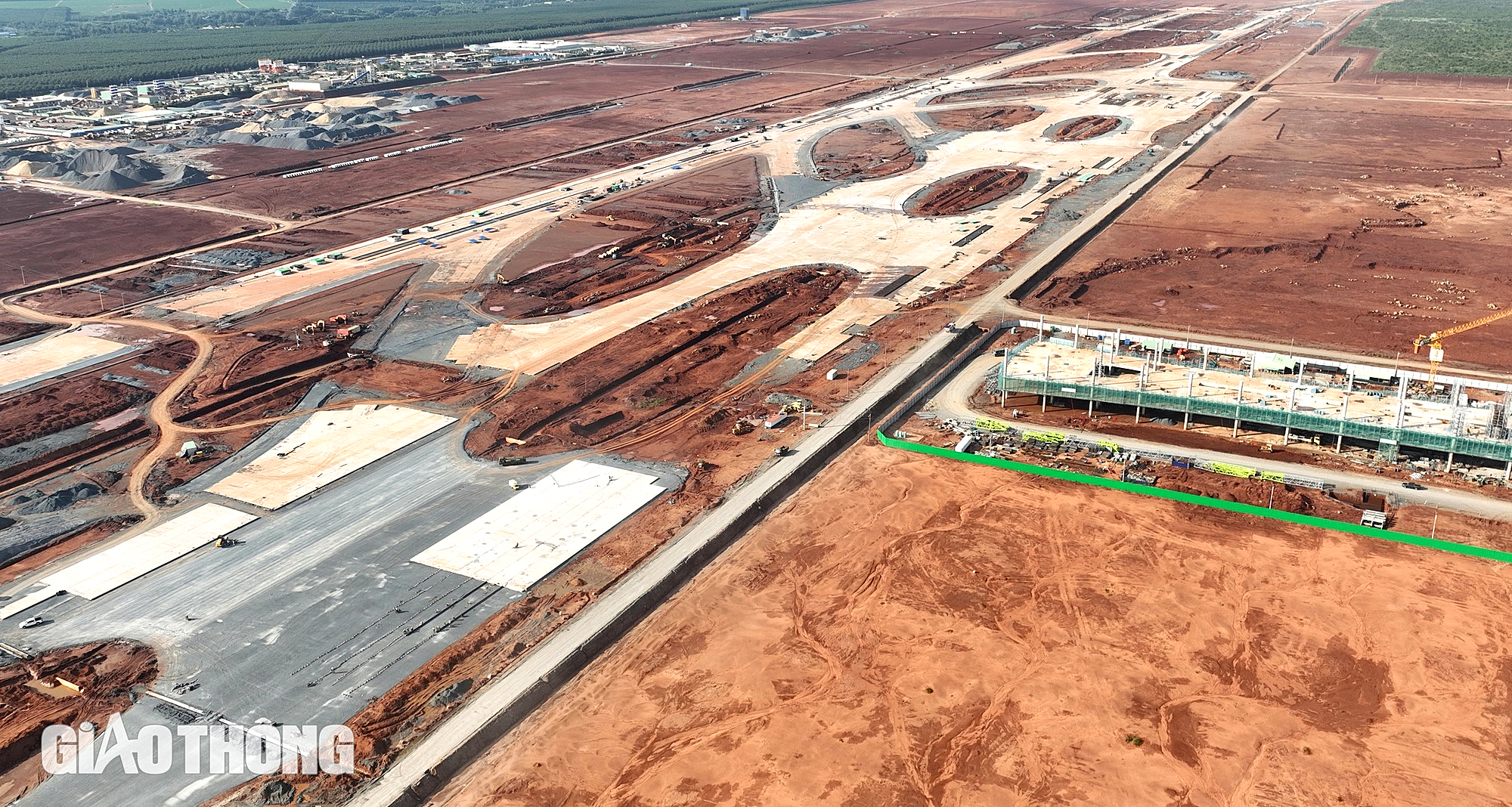
The first runway of Long Thanh airport is under construction.
When there is only one runway, no matter how well built, it is inevitable that regular maintenance and repair will be required, and operations will be interrupted.
Furthermore, to ensure safe and continuous operations in all weather conditions, especially for civil aircraft, the airport must have navigation and take-off/landing equipment (command control system, radar system, landing signal light system, navigation, signs...).
Therefore, if while the first runway is in operation, a second runway must be built, it is mandatory to temporarily stop operation to connect the taxiway system, apron... In addition, it is also necessary to connect and calibrate the technical system to ensure synchronous operation for both runways.
The climate and geology of Long Thanh are characterized by sunny and windy weather and basalt soil, so if a second runway is built after the airport has been put into operation, dust will be generated. Dust greatly affects the operation of aircraft engines, causing wear and tear, threatening flight safety because modern civil aircraft engines are mainly jet turbines and turboprops.
On the other hand, if there is only one runway, when it has to stop operations for maintenance or connection work, it is mandatory to divert all aircraft to another airport.
In fact, when put into operation, if diverted at Long Thanh, the nearest destination will only be Tan Son Nhat. However, diverting to Tan Son Nhat is very difficult. Because in reality, the current traffic capacity of Tan Son Nhat is almost saturated.
Regarding the investment efficiency of two runways at the same time in phase 1, in addition to the technical benefits, continuity in operation and flight safety, there are many other benefits.
In order to ensure flight safety, in phase 1, the leveling of the second runway has been basically completed to the design elevation.
Thus, if a second runway is built, only a small additional cost is needed to build the pavement structure of the second runway, reducing the cost of building the length of quick exit taxiways, connecting taxiways and flight safety equipment.
This will save a lot of costs because there is no need to re-survey and re-draw, no need to re-complete the construction of the roadbed of the second take-off/landing runway; Minimize costs related to project management, construction organization, equipment transportation... At the same time, the quality of the project is consistent and continuous.
Thus, the proposal to complete construction in phase 1 for the two runways is appropriate and does not affect the technical aspects or construction progress of the currently under construction projects.
Source: https://www.baogiaothong.vn/tiet-kiem-hieu-qua-khi-co-them-duong-bang-192241014210342199.htm


![[Photo] Panorama of the cable-stayed bridge, the final bottleneck of the Ben Luc-Long Thanh expressway](https://vphoto.vietnam.vn/thumb/1200x675/vietnam/resource/IMAGE/2025/9/30/391fdf21025541d6b2f092e49a17243f)
![[Photo] The 1st Congress of Phu Tho Provincial Party Committee, term 2025-2030](https://vphoto.vietnam.vn/thumb/1200x675/vietnam/resource/IMAGE/2025/9/30/1507da06216649bba8a1ce6251816820)

![[Photo] General Secretary To Lam, Secretary of the Central Military Commission attends the 12th Party Congress of the Army](https://vphoto.vietnam.vn/thumb/1200x675/vietnam/resource/IMAGE/2025/9/30/9b63aaa37ddb472ead84e3870a8ae825)
![[Photo] Solemn opening of the 12th Military Party Congress for the 2025-2030 term](https://vphoto.vietnam.vn/thumb/1200x675/vietnam/resource/IMAGE/2025/9/30/2cd383b3130d41a1a4b5ace0d5eb989d)
![[Photo] President Luong Cuong receives President of the Cuban National Assembly Esteban Lazo Hernandez](https://vphoto.vietnam.vn/thumb/1200x675/vietnam/resource/IMAGE/2025/9/30/4d38932911c24f6ea1936252bd5427fa)
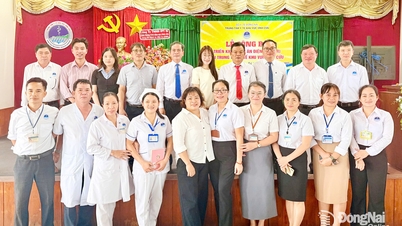



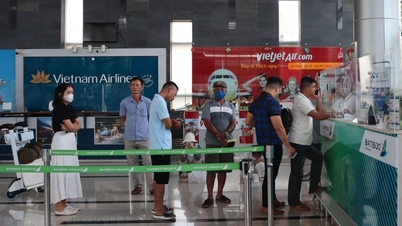



















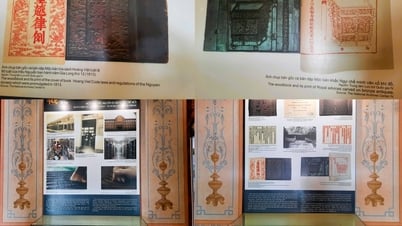
































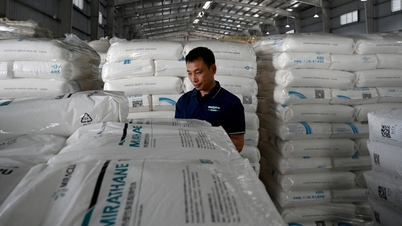
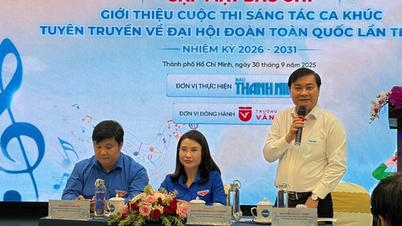

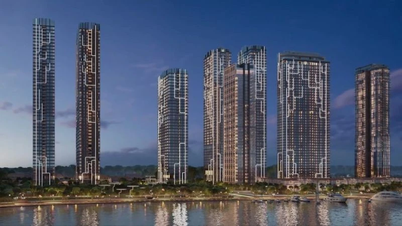
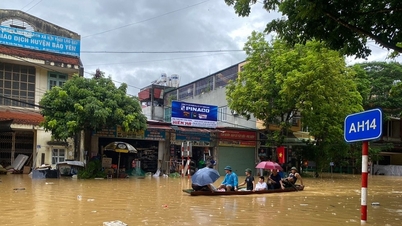











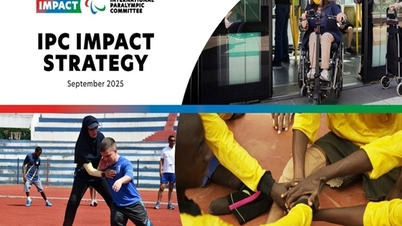
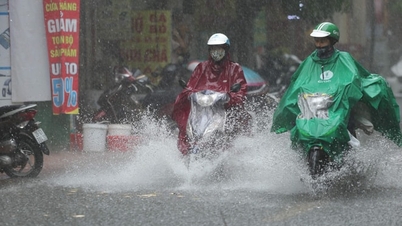

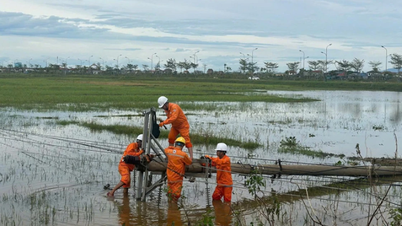
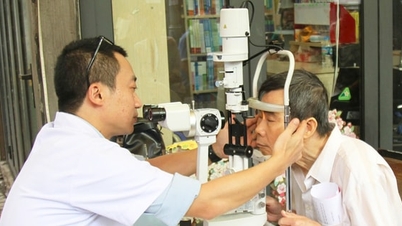

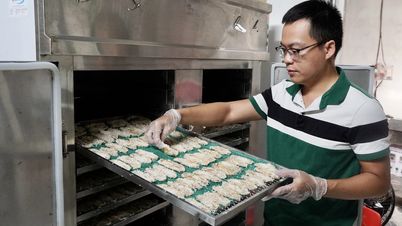

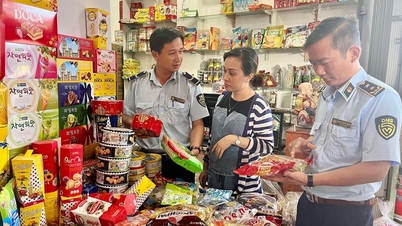
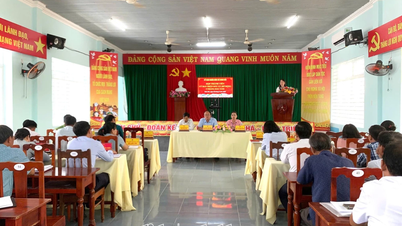










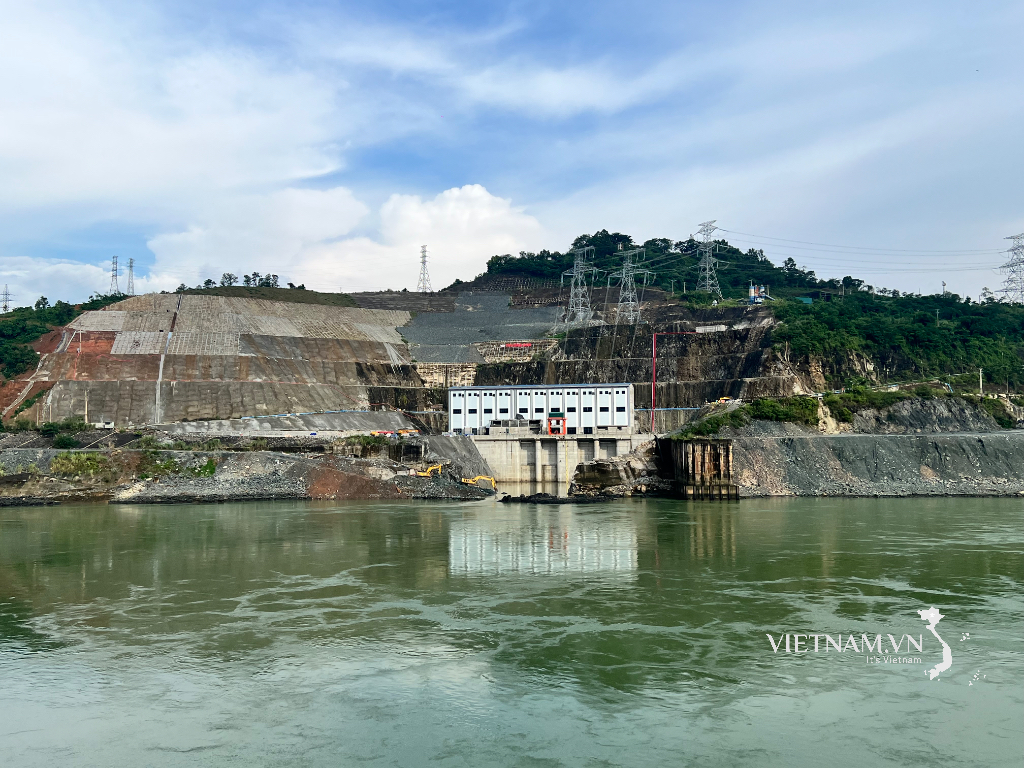



Comment (0)